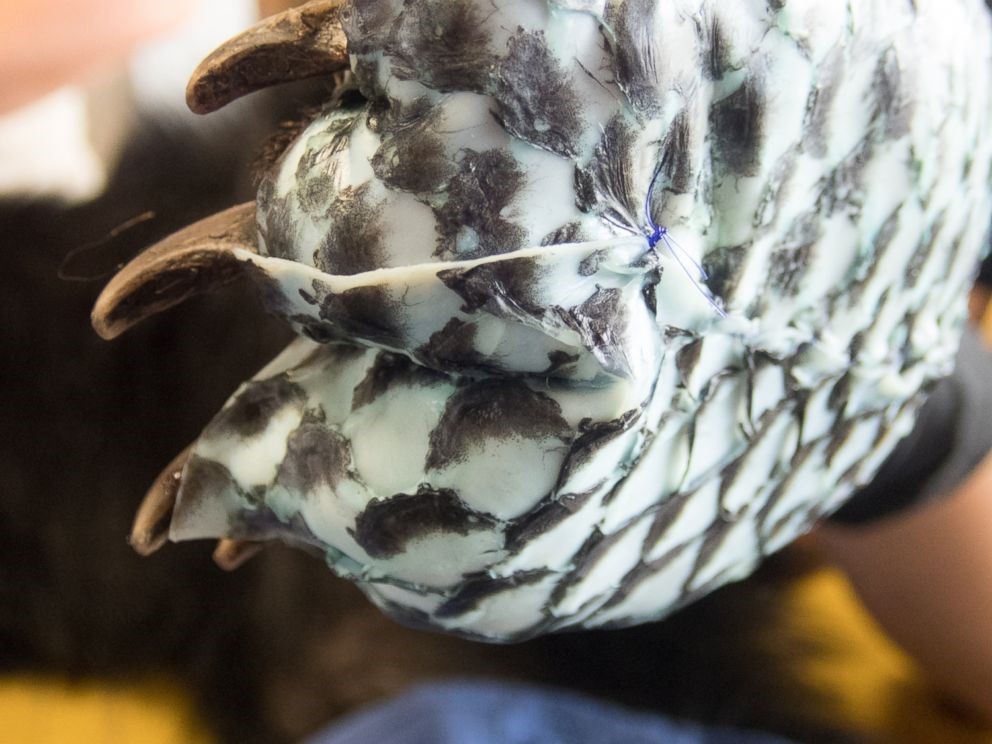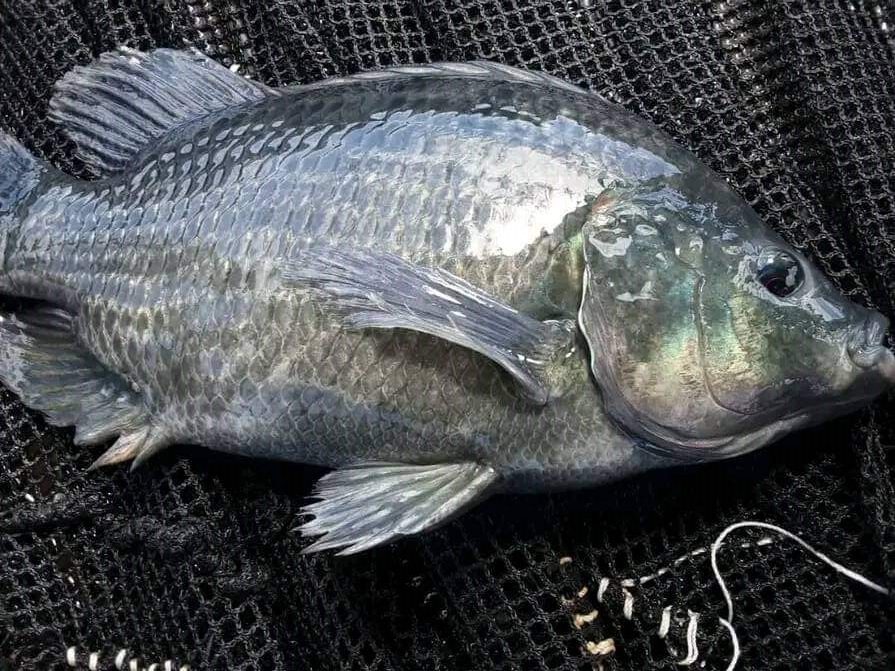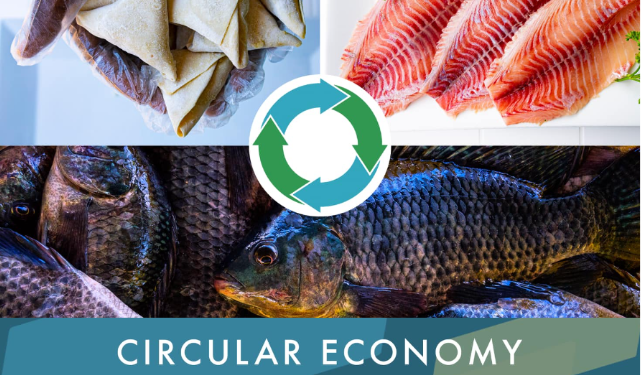African tilapia by-products, a resource to explore also following the Iceland Ocean Cluster best practice – The adoption of circular practices in fish industry is becoming an increasingly pressuring concern for the fish sector worldwide, due to overfishing and waste that are thrown out during fishing or harvesting.
However, due to the persistence of this problem in many parts of the world, exporting and replicating sustainable practices is highly practicable especially in parts of the world that necessitate support for the development of advanced business model, like the African continent.
Tilapia (Oreochromis sp.) fillets typically represent 30%–33% of the fish, leaving around 70% of the fish unused for human consumption. These nutrient-rich by-products can be converted into food and other raw materials.
Tilapia processing and the production of tilapia fillets can be considered a new production and new value chain for Africa – it is important to consider international best practices for the sustainable growth of this sector.
A reliable example of fish waste management is the Iceland Ocean Cluster project called 100% Fish Project https://sjavarklasinn.is/en/iceland-ocean-cluster/100-fish/ that aims at grouping marine-focused startups with the main aim of transforming fish waste into high value products for the medical and design sectors.
For instance, the Icelandic company Kerecis – that is part of the Iceland Ocean Cluster – has been able to reconvert wasted fish skin of Atlantic cod into regenerative tissue, that has been used for burn injuries. Many victims of the Maui and California wildfires have been recovered with this innovative method in 2019.
The 100% Fish Project proposes a paradigmatic shift into fish industry. Indeed, while in the past every part of the animal was used, nowadays the modern practices of industrial fishing and unwise consumption habits cause high percentage of fish waste, among 20% to 80% worldwide. Due to this, the Iceland Ocean Cluster does not only manage waste, but decide to include fishing quotas for Icelandic fisherman to enforce more sustainable practices in the sector.
While the Icelandic Kerecis makes use of Atlantic cod waste for burn treatment, the same benefit results from Tilapia skin application on second and third degree burns. Indeed, since the tilapia skin contains proteins that are similar to human skin, scarring and faster healing is facilitated by the application of sterilized and processed tilapia skin on the damaged area.
Moreover, tilapia skin treatments and applications have been demonstrated to be more cost-effective and more resistant to mechanical stress after application, in contrast to more conventional methods based on pig skin.
Moreover, opportunities to increase the usage of wasted tilapia skin for burns treatment emerge even in relation to veterinary and wildlife conservation. In the California Department of Fish and Wildlife, the burned paws and feed of a one year old bear have been treated with sterilized tilapia skin instead of traditional bandages. Indeed, the application of sources of biological dressing instead of bandages is much more effective on wild animals, since these require care and treatment that are generally more complex and dangerous than pets.

Photo credits: California Department of Fish and Wildlife
These innovative treatment based on tilapia skin may play a crucial role for future business model developed in Africa, since the tilapia production in the continent is expected to grow in future decades. Indeed, food consumption – and consequential food waste – is expected to grow in the continent due to increasing population rate and urbanisation.
Currently, the state-of-the-art use of tilapia skin for treating human burn wounds in Africa involves its application as a natural biological dressing. It offers benefits such as antimicrobial properties, pain relief, and promotion of wound healing. Clinical trials have shown promising results, demonstrating its potential, however, further research and development are needed.

The adoption of sustainable and effective waste management strategies should be included at early stage into projects aiming at increasing tilapia production in the continent, in order to increase the resilience of African fish industry and face negative consequences that this may have on local economies, ecosystems and livelihood. It would be further desirable to replicate innovative models for fish waste management into systems that may be shaped on the African market characteristics and production, like the Iceland Ocean Cluster startups model. This would be the key to ensure increased livelihood standards in the continent, considering at early stage the most innovative practices for fish waste reduction and reuse.
African tilapia by-products, a resource to explore also following the Iceland Ocean Cluster best practice









